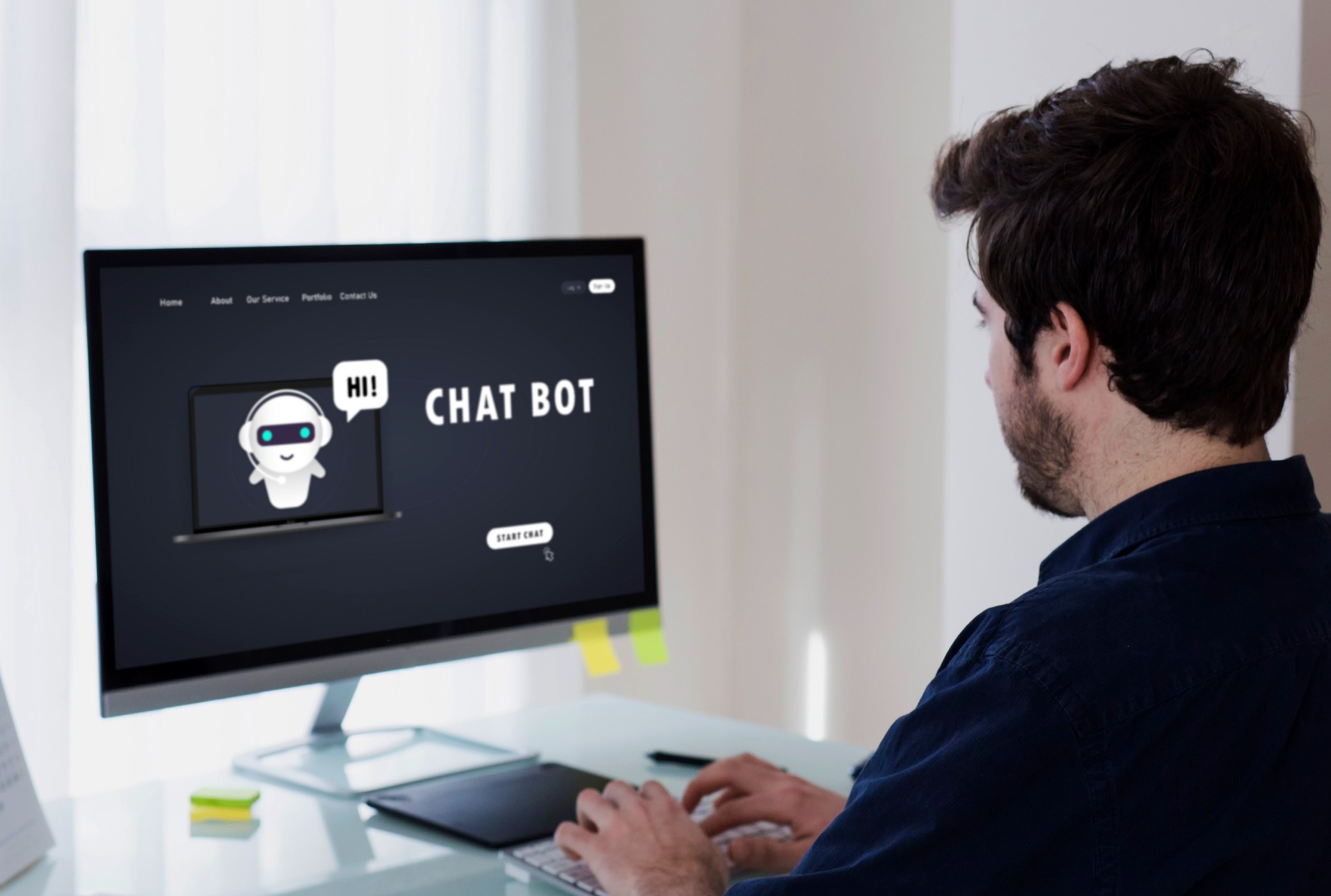
At a time when machines have advanced beyond simply providing replies, we now engage in genuine discussions with them. With the release of their GPT-5 model, OpenAI has once again pushed and redefined what it means to have a conversation with a computer. The company and the model offer improved conversational quality through detailed context awareness and improved responsiveness.
As we step into a new world of excitement, a lingering question remains about our increasing reliance on such technology: Does GPT-5 actually understand people, or is it merely reflecting the accelerating sophistication of technology?
Table of Contents
How GPT-5 Will Change Our Relationship with AI
Generative Pre-trained Transformer(GPT) 5 is not simply a larger model, but rather a more intentionally designed model. OpenAI has incorporated more design considerations that encourage alignments of human communication, more accuracy when interpreting meaning, and a better understanding of user motivations and intent.
1) Natural Language Responses
Earlier versions lacked clarity in complex contexts or in ambiguous expressions. This AI-mode interprets language in real-time so that context or tone shifts, sarcasm, implied meaning, and any other indicators of subtle emotional engagement can be included in the interaction as the conversation unfolds.
2) Adaptive Output
GPT-5 does not create text; it produces a response. It dynamically conforms to users’ communication styles—integrating tone, timing, pacing, and adjusting detail or simplicity based on user behavior during the exchange.
3. Knowledge Integration
In contrast to static models that generate responses based on purely historical training data, GPT 5 can integrate external tools such as APIs, plug-ins, and live data streams that allow it to deliver more timely and situationally relevant information, giving it a capacity to “understand” the present moment more broadly and realistically.
What “Understanding” Means in AI
There is an assumption that fluency and relevance equate to what “understanding” requires. But machines process language in data structures and probabilities, not experience.
GPT-5 may appear insightful; however, its understanding stems from associations, not awareness. If you speak about heartbreak, GPT-5 may reveal the symptoms, offer a comforting comment, or refer to some literature on grief, but it doesn’t experience anything it generates. It simply creates what is likely to be statistically appropriate.
A Deeper Illusion of Empathy
What GPT-5 possesses is not cognitive empathy, but performance empathy. It performs care, concern, and engagement through the right words at the right time—but does not feel them.
This can make the AI appear more human than it is, and in that sense, some of the user experience can translate emotional intelligence or relational understanding as real understanding, which can shift ethical considerations, specifically in:
- Mental health
- Loneliness and companionship
- Support in determining personal decision-making
The risk is that people may unwittingly confer an idea of human intention onto a system that has neither self-awareness or any independently driven motives.
Why GPT-5 is still not a true understanding
For all of the improvements, GPT-5 is still fundamentally a pattern-based system. It does not have:
- Intent: GPT-5 has no “intent” beyond what it is prompted to do.
- Experience: It cannot learn from real lived experience, a fundamental hallmark of being human. It can only extrapolate from data.
- Consciousness: There is no “self” or internal aspect from which understanding could arise.
Thus, although GPT-5 may present ideas that sound thoughtful or reasoned, it is still simply manifesting language patterns, not personal introspection or awareness of self.
What We Can Expect for the Future of Human-AI Interaction
GPT-5 has certainly begun a major step toward making technology feel more human. This has value in “real” ways:
- More accessibility for people with cognitive or speech challenges.
- Higher speed of content generation and personalization of communication.
- Better quality service encounters due to adaptive speaking tone or language.
That said, developers and users must remain both clear-eyed and particular about what AI is and what it is not. GPT-5 does not understand us, in a human sense. It models our language so well – it feels as though it does. We must not lose sight of this distinction.
Final Takeaways
Does GPT-5 understand humans better than ever? Technically yes. It analyzes our language with more accuracy, adapts better to our communicative style, and effectively mimics emotional tone.
But if the answer is, can GPT-5 understand human beings in any conscious, emotional, or experiential capacity, the answer is still no.
What GPT-5 does better than any previously constituted AI is better simulate understanding, and while this is powerful, it is still not human understanding. As an industry, we should continue to develop AI, and the goal should not be to close this gap, but to acknowledge it and design around it, and use it ethically.


